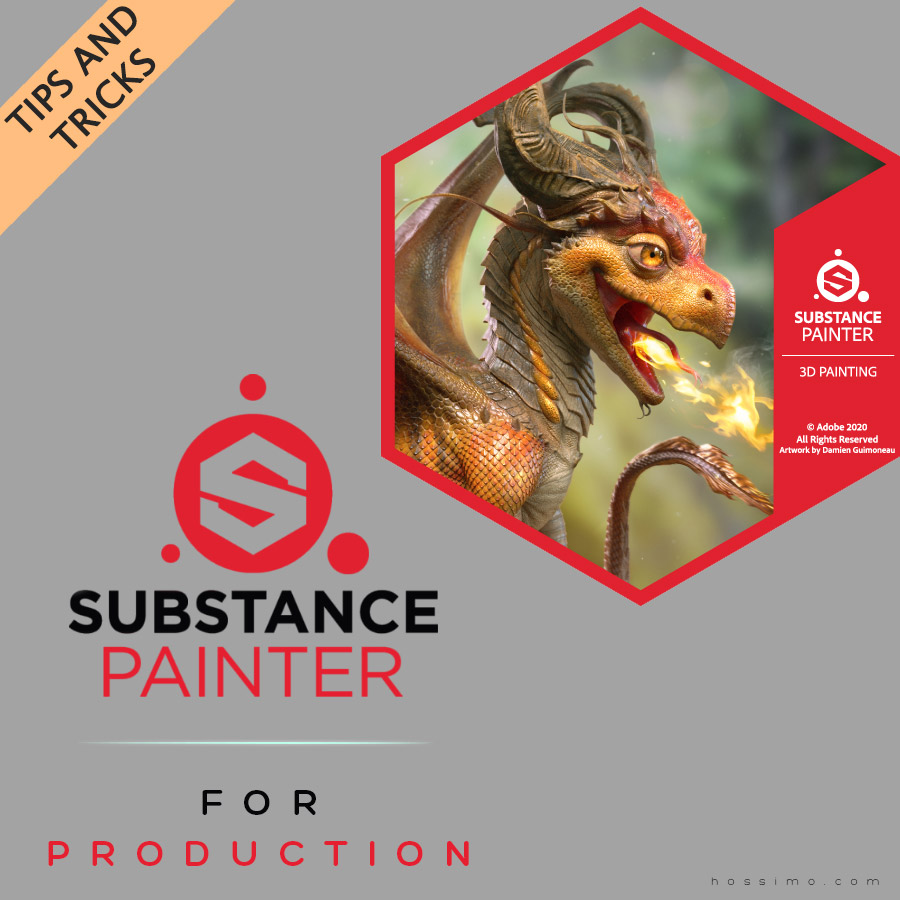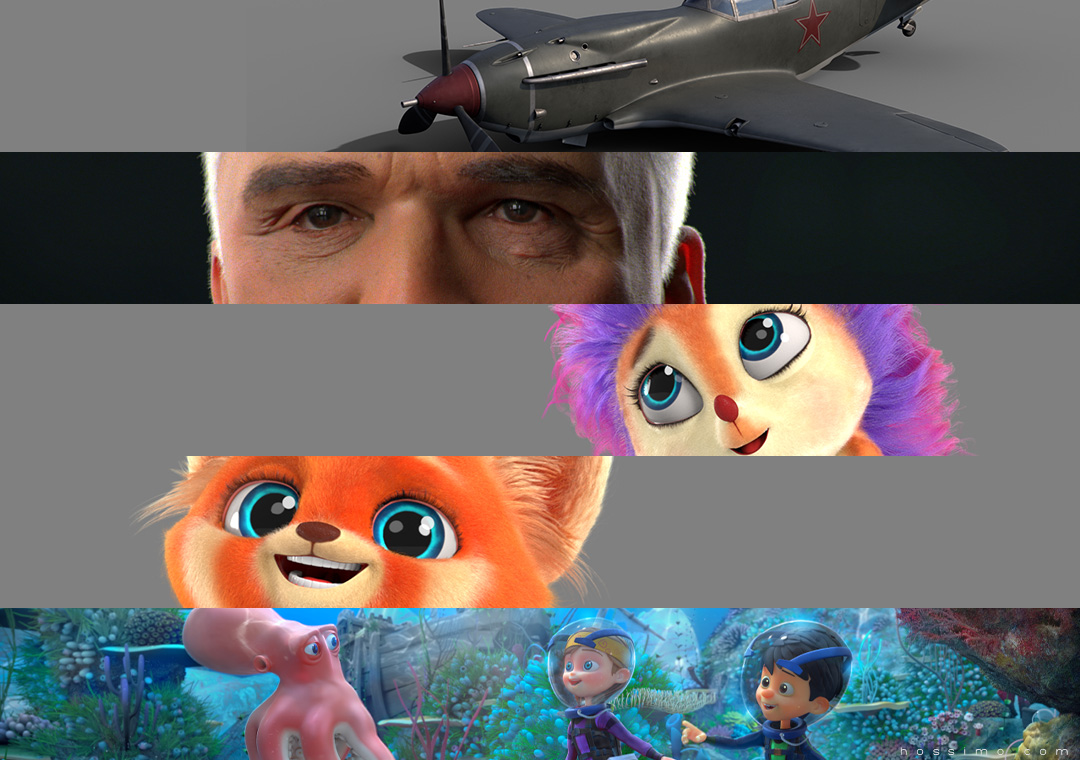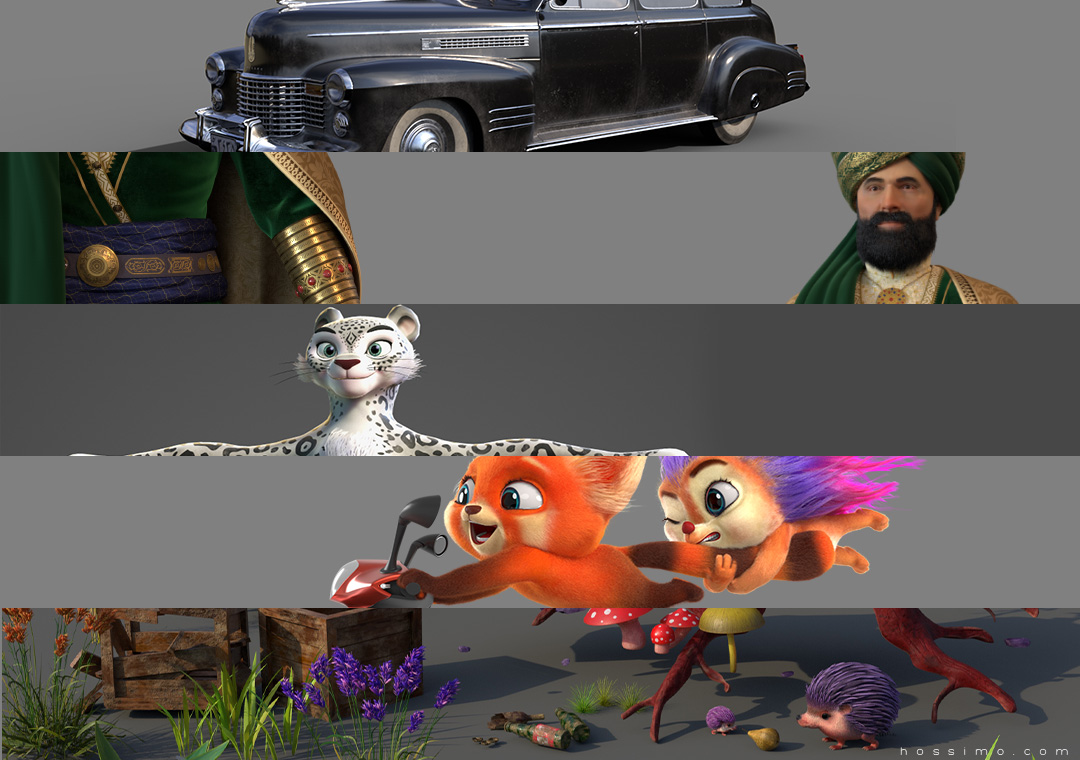Tips and Tricks: Using Substance Painter In Production
In this article, I'm gonna go over 10 tips and tricks for getting the most out of SP along with Arnold for Maya in production environment.

Substance Painter is firmly integrated into pipelines of many animation/VFX studios around the world. As a texturing/look development artist in those studios, you have to tackle SP on a daily basis. I’ve been doing it, and decided to share 10 tips and tricks I picked up along the way.

-
Work Non-Destructively
The first one is really important, actually. You have to be flexible in terms of art-direction, like trying different looks and explore ideas rather quickly for the directors. To achieve that goal, you need to have control over every visual element you put on the screen. One of the best ways to get that control, is to let masking be in charge wherever you can. A simple example would be instead of painting directly on height channel, try painting a mask for a fill layer with height slider to control the depth whenever you want. Actually masking in Substance Painter could get really complex considering its powerful procedural system (even better when using Substance Designer along with SP) and the toolsets like of Generators or Anchor Points.
-
Create Your Own Library
Down the production pipeline, you will probably need the unique look you are currently spending your time on, again. Also sometimes there might be a gap between working on two similar assets. There could be lots of situations and possibilities in which you need your works from the past, so to keep it short, try to create a library for yourself. Like you could save a smart material everytime you finish a new asset to develop a good habit.
-
Create Your Own Output Template
Depending on your SP shader and target rendering engine, you may need to add or remove channels and the exported maps. It’s better to save multiple templates for different situations. It helps with consistency in the project.
-
Don’t underestimate Anchor Points
You can use Anchor Point to create more complex setups to have even more control over your look development project. The idea here is to reference different channels of a layer to another layer’s, which opens to lots of possibilities.
-
Keep Everything Organized
Always prepare the files as if another artist would continue on your work from tomorrow on, even if you know that’s not the case. By doing so, your files will be readable, editable and reusable by anyone in a robust manner. By not keeping organized, you would lose track of the project sooner or later. No need to mention how confused other artists who will work on the project would be.

-
Substance Painter Is A Preview
Even with the same environment light, what you see may be different from what you render in Arnold. It’s great for quick testing, but it shouldn’t be relied on. So don’t worry if what you see in other render engines, is different from SP. Technically, Substance Painter is all about getting the texture maps with the right colors, values and formats into the target platform.
-
Check On Every Channel Separately
Speaking of the right colors and values, checking each map separately will help you decide better on each one of them. For example see if there’s appropriate variation in actual roughness values. Checking each map also helps to prevent further issues or to debug.
-
Test All Assets Under Same Light Scenarios In Maya
The eighth tip could go a long way in terms of keeping the consistency and reliability of the overall look development and lighting of the project. In larger studios, look development/lighting teams, would have defined lighting setups and testing environments provided by the supervisors.
-
Add Final Touches In Maya
Depending on the pipeline, you can leave some of exaggerations, fine-tunings and adding variations to colors and values, for Arnold or generally speaking, rendering engines. Most changes of these natures, follow along while shading the assets.
-
Stay Consistent
This is really important in production; mainly because it gets much more readable to other people in the pipeline, and it makes toubleshooting or editing/directing much more predictable at anytime.